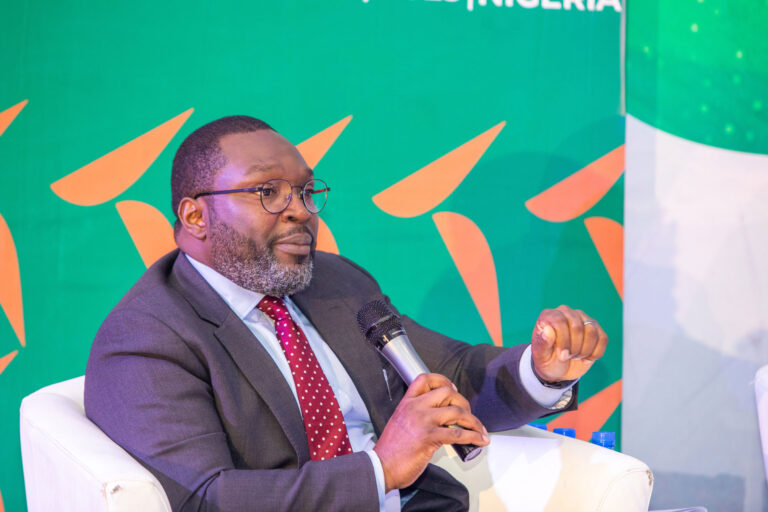With ongoing developments in the range and scope of climate finance available to support the pursuit of the global decarbonisation agenda, closing the infrastructure financing gap in Low and Middle-income countries is increasingly possible, despite the significant investment that needs to be mobilised to achieve the 2030 Sustainable Development Goals (SDGs).
Ultimately, the challenge and the opportunity lie in successfully reconciling the growing needs of developing countries brought about by rapid urbanisation, population growth, and the critical role infrastructure plays in supporting inclusive economic development, with the global imperative for climate action and improved climate resilience.
This must be done within the context of post-pandemic fiscal constraints, growing sensitivities around debt sustainability, the emerging consensus around the need for a just transition to net zero, and the rapidly changing climate finance landscape.
The Climate Policy Initiative (CPI) estimates that climate finance flows have almost doubled to more than $650bn over the past decade. This, however, falls well short of the $4.35trn required annually by 2030 to meet global climate objectives.
Crucially, there is an urgent need to move towards positive action to increase the flow of climate finance (in all its forms) to LMICs; in particular, carbon credits, credit swaps, insurance, and other innovative financing instruments that reduce the debt burden and enhance the bankability of eligible projects in developing countries by improving access to concessionary, blended or off-balance sheet finance for critical high-impact catalytic projects which otherwise would not scale the threshold for bankability.
Following COP26, which saw the emergence of the Glasgow Financial Alliance for Net Zero (GFANZ) – a coalition of the world’s leading financial institutions committed to accelerating the decarbonisation of the global economy, and more recently COP27 which saw the launch of the Loss and Damage Fund amongst other developments, the climate finance field is rapidly evolving as a growing number of mainstream commercial and development financial institutions have since incorporated climate risk and resilience requirements for candidate projects as part of their credit risk assessment framework. A much broader range of climate finance and risk management instruments are therefore being developed or re-tagged.
This has the impact of potentially increasing the pool of ‘climate-tagged’ resources available for eligible infrastructure projects. The scale and scope of funds available and how these can flow to LMICs remains an open issue that requires determination. This is expected to feature in the IMF/World Bank spring meetings taking place next month. Transaction specialists focussed on delivering infrastructure advisory solutions in emerging markets like AP3 Advisory, donor-funded programmes working on these themes such as the FCDO-funded High Volume Transport Applied Research programme, and Governments of LMICs keen on progress as part of the Bridgetown agenda will be paying close attention, and will also be part of the conversation.
The stakes are high. Looking ahead to COP28 later this year, stakeholders from the global north and the global south are equally keen to see concrete actionable proposals that will deliver on the commitment made by developed countries to provide $100 billion annually to developing countries.
Is it therefore time we recognise that with the ongoing re-tagging of mainstream financing instruments, the distinction between climate finance and infrastructure finance is not as clear-cut as it was 3 – 10 years ago?
COP28 holds the promise of the global discourse on climate finance moving beyond circular conversations around the lack of bankable projects to access existing committed (climate) finance flows. In recognition of the fact that while developing countries contribute least to climate change, they are not only more susceptible to the impacts of climate change, the growth and development of their economies which are increasingly encouraged to align with national decarbonization commitments, will require patient capital and capacity development to structure and deliver climate-resilient projects, which though crucial may not in the medium term, be able to generate sufficient cashflows to offset debt payments at commercial rates.
This will herald real and meaningful progress. Crucially, it will require Multilateral Development Banks and bilateral donor agencies such as Deutsche Gesellschaft für Internationale Zusammenarbeit (GIZ) GmbH, USAID, Norad – Norwegian Agency for Development Cooperation and Foreign, Commonwealth and Development Office to play a catalytic role in providing the technical assistance, concessionary finance, and capacity development support LMICs need to develop credible pipelines of priority projects that (working directly with Climate Finance providers) can be positioned to access the range of (climate) financing instruments available to support a just transition to the planning and delivery of climate-resilient infrastructure projects.







